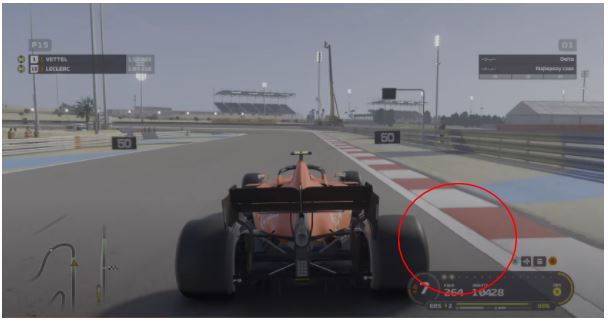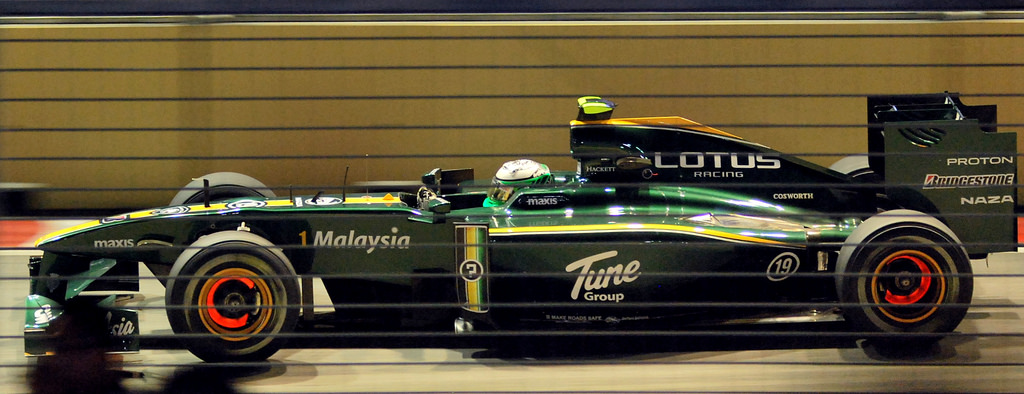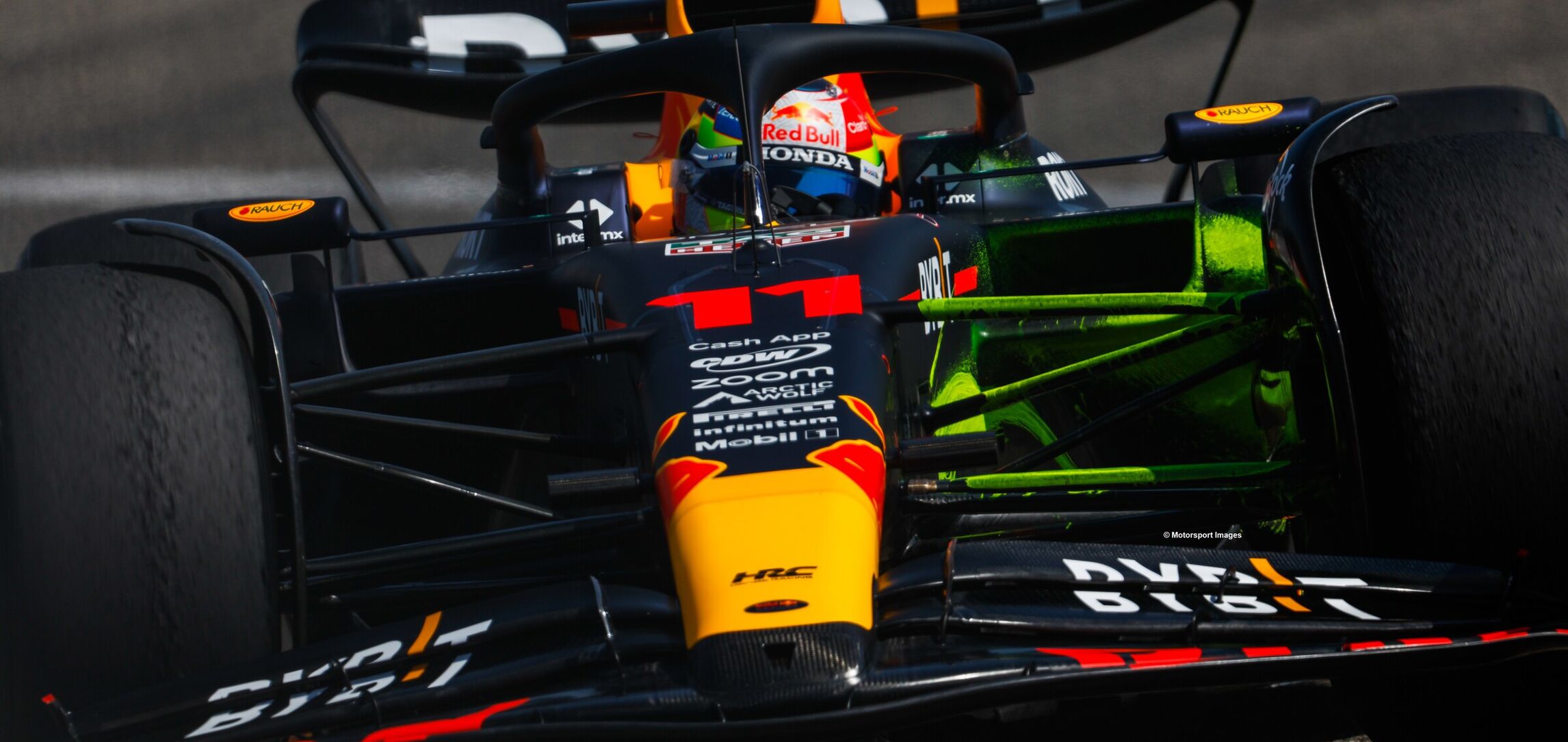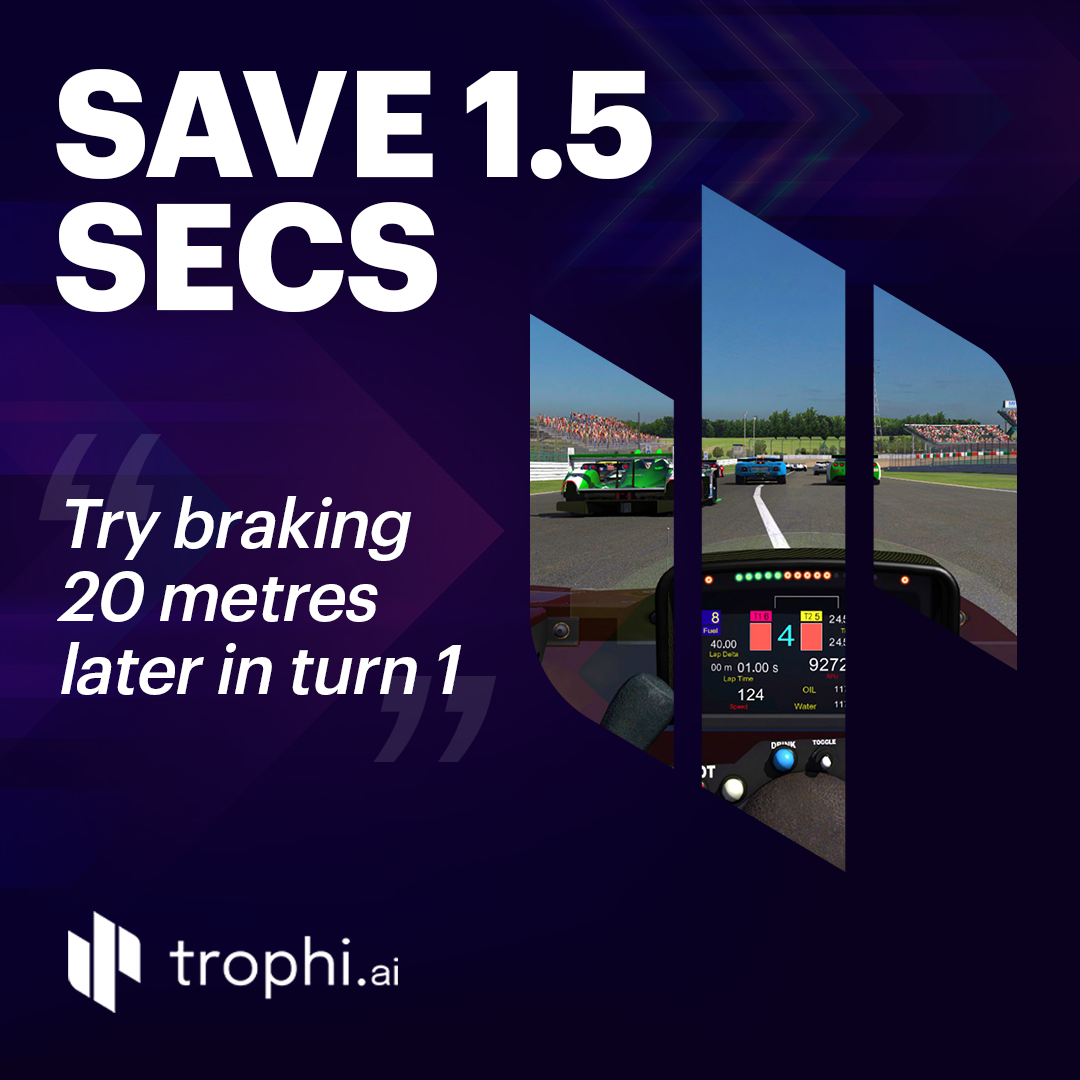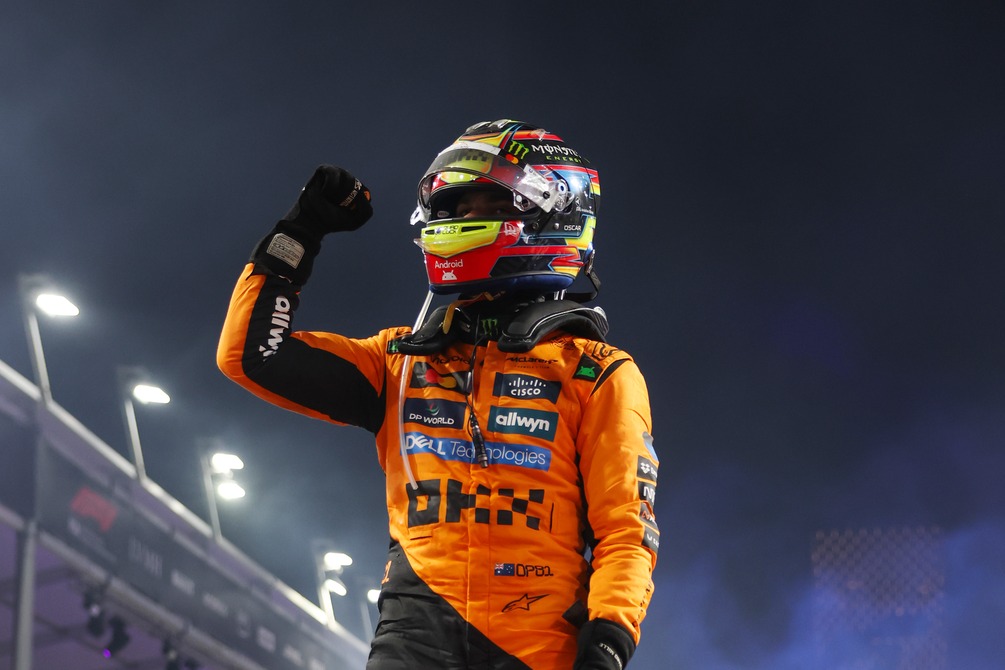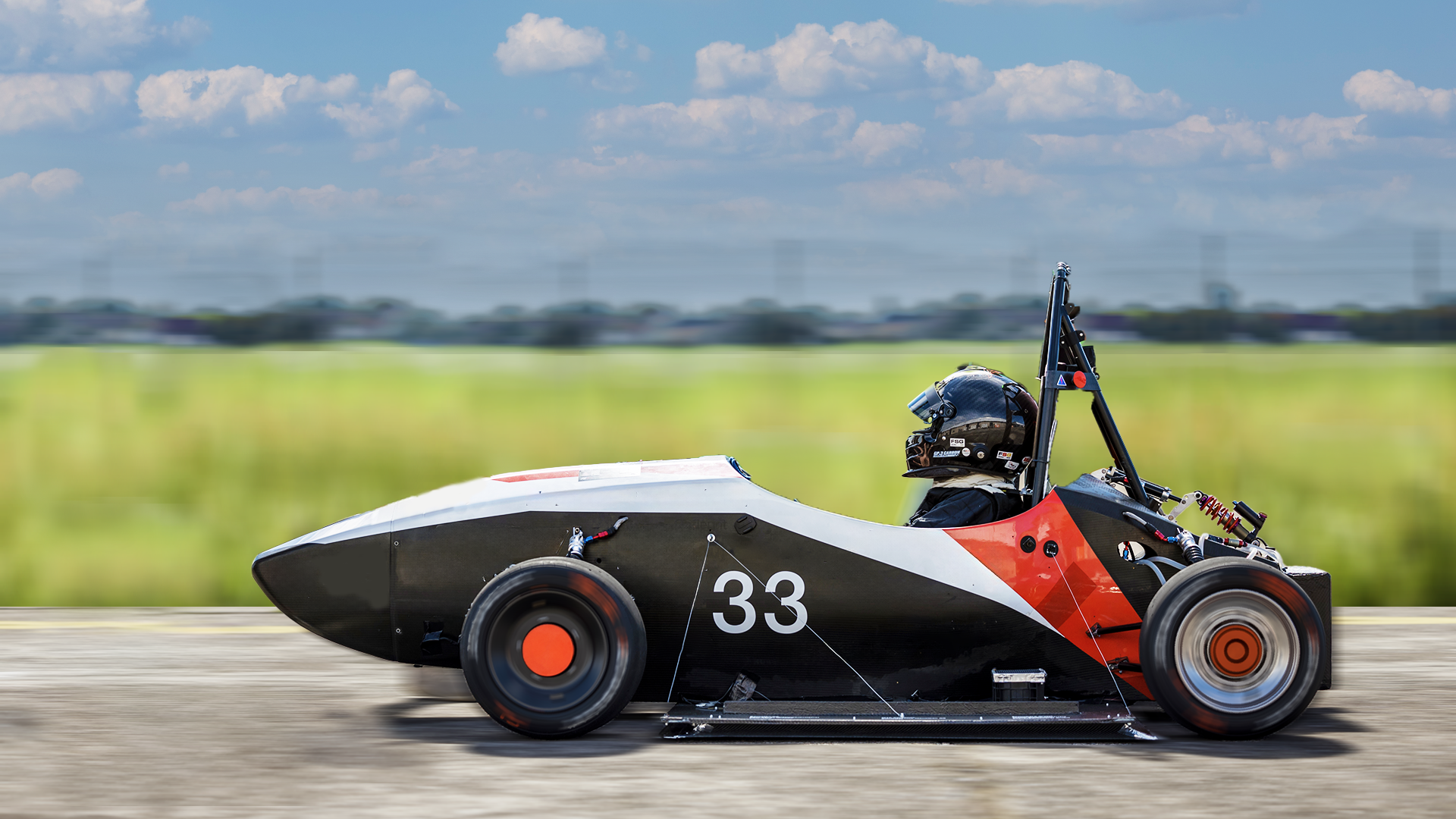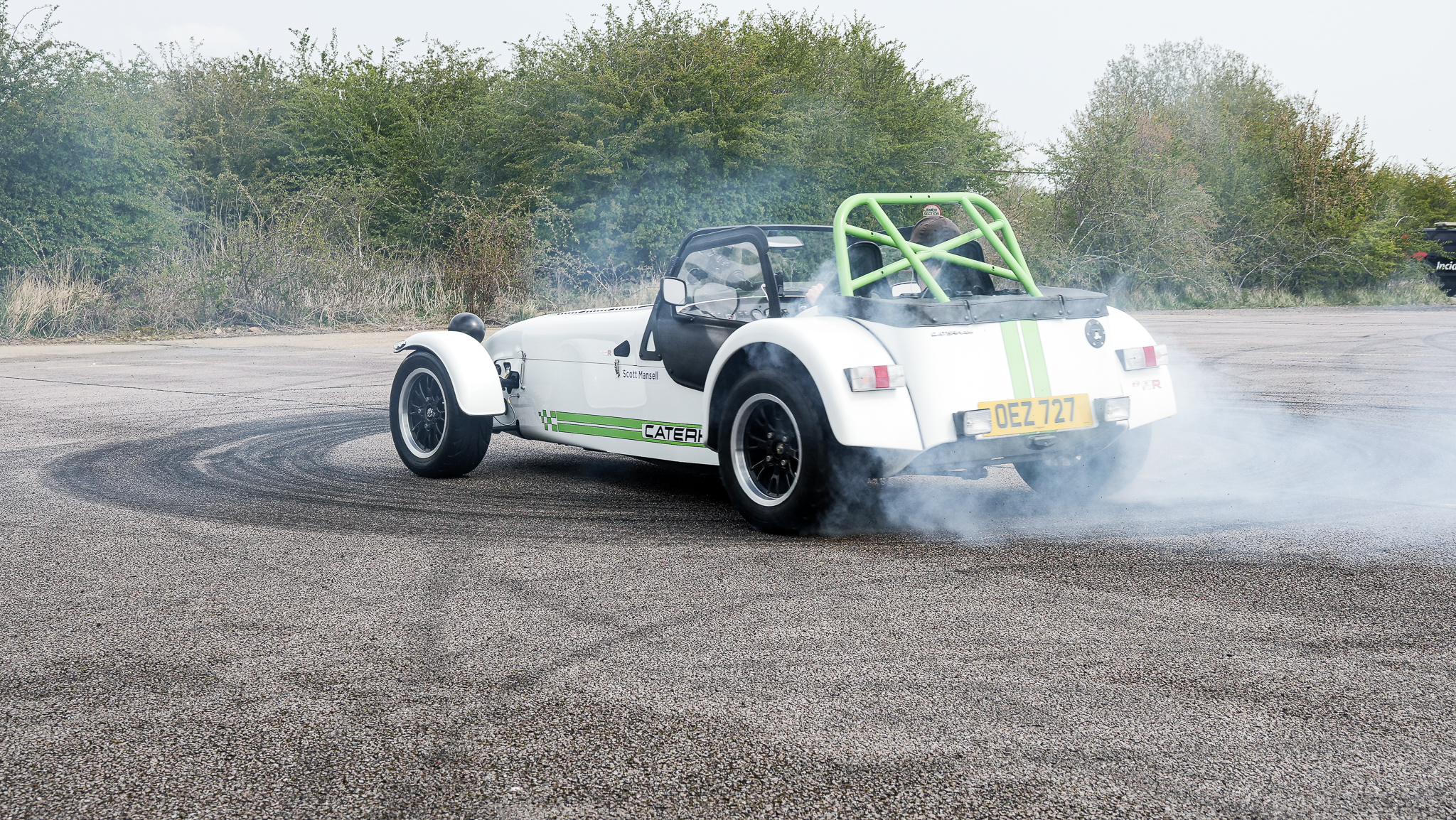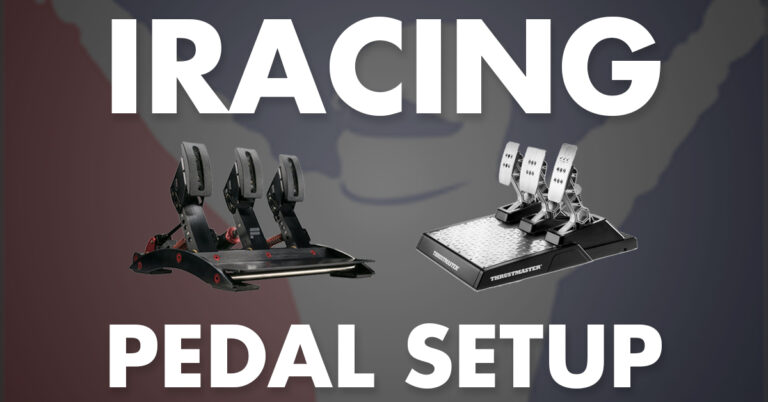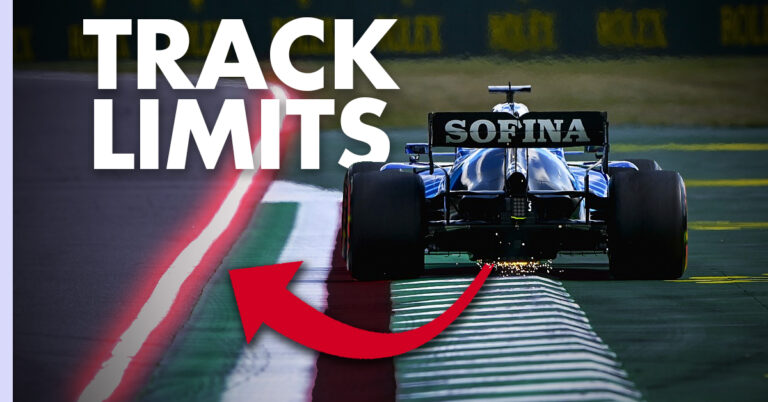The Ultimate F1 2021 Braking Guide | How to Turn Off ABS | Improve Lap Times
There is no denying that F1 cars are complex pieces of machinery and the brakes are no exception. Throughout this article you will learn how a modern F1 braking system works, its relation to performance and how you can use this knowledge to be faster in any F1 racing game. There is no harder challenge than perfecting a lap in an F1 car. Finding that final 1% or 2% can seem impossible, but with a better understanding of the brake pedal, the lap times will slowly creep down.

The Details of How F1 Brakes Work
In order for a driver to perform better on the brakes, it goes without saying that a driver needs to understand how F1 brakes work. Firstly, you need to consider the brakes into two parts, the front brakes and the rear brakes. This is because, in an F1 car, the two systems run separately, unlike most road cars. The brakes are an incredibly complicated system, which will be covered in its raw aspects, for more information there is a great article written by the Mercedes F1 team which you can read here. https://www.mercedesamgf1.com/en/news/2019/06/formula-one-brake-systems-explained/
So, let’s consider the front brakes first. These are hydraulically powered, similar to how a road car braking system works. When you press the brake pedal, fluid is compressed in the brake lines via a brake master cylinder, forcing the brake pads against the brake disc and stopping the front wheels. Each brake calliper on an F1 car houses 6 pistons which press directly against the brake pad which then compress against the brake disc. The 6 pistons within the calliper allow for better control of the brake pedal, better temperature flow, and a larger, more accurate braking force. A normal road car will have only 2 pistons per calliper.
That’s it on the front end!
The rear however is much more convoluted. The rear axle is slowed using 3 separate systems that work in unison. Both the front braking system and the rear braking system are operated by the same pedal.
The rear stopping forces are;
- The friction from the hydraulic rear brakes themselves
- The resistive forces within the engine (Engine Braking)
- Rotational resistance, caused as a bi-product of harvesting electrical energy from the Hybrid Motor. Also known as the MGU-K (Motor Generator Unit – Kinetic)
A term you will have likely heard while watching F1 is the Brake By Wire system (BBW). The BBW allows the car to send signals from the brake pedal to the three rear braking systems. When the driver presses down on the brake pedal, the pressure generated by their foot is turned into an electrical signal which is managed by the car’s ECU and is then distributed accordingly between the three rear braking systems.
The reason three separate systems are used is firstly due to safety and secondly for adjustability. In the event that one of these systems fails, it is possible for the ECU to recognise the fault and distribute the braking force to the other two systems. If the rear brakes were to fail altogether, then the car would not be able to stop which would usually result in a large accident.
As mentioned, all three of the braking systems are completely adjustable by the driver via their steering wheel. Having this level of adjustment allows the driver to fine-tune the braking performance to their particular driving style. More importantly, the driver can also change the brake balance to compensate for things like tyre wear, brake fade, change in conditions, etc.
The aim of the driver is to achieve maximum braking force before the point at which the tyres lock up. The driver also needs to do this without the car losing stability or predictability. A basic rule for brake setup is if the rear of the car feels loose under braking, or feels as if the rear of the car wants to slide out more than the front of the car, then this is an indication of not enough rear braking. Add more rear brake to solve.

Similarly, if the front of the car is slow on turning in or feels lazy on the corner approach, then more front brake needs to be added. The relationship of braking force between the front wheels and rear wheels is called the Brake Bias. In F1, Brake Bias is made even more complicated by the Brake By Wire system, which is able to vary the amount of braking pressure through the corner, in a process called Brake Migration. This essentially means that the brake bias is dynamic; it will be constantly moving forwards and backwards to compensate for changes in grip. This will give the driver more confidence throughout the braking phase of the lap by giving the car greater stability when stopping.
The Last 5% of your Lap Time
In motorsport, lap times between drivers can be incredibly close, and finding that final tenth can sometimes feel impossible. When reviewing race data and driver performance, one of the trickiest parts to perfect can be the braking zones.
What is important to understand though is that only a small percentage of the entire lap is spent on the brakes. For a driver that is a couple of seconds off the pace, thinking you will gain it all back under braking is a massive misconception. What is more important to consider is how you set the car for the exit of the corner, which is dependent on the braking phase.
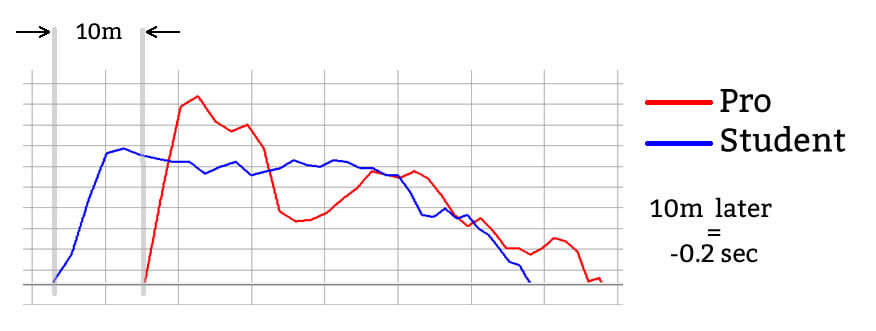
From a driver’s perspective, there is a lot that goes on when braking, even more so in F1. The driver needs to consider, how hard they press the brake, the braking points, the racing line, aero effects, brake balance, traffic, track conditions, etc etc. Perfecting all of these elements is not going to make you a couple of seconds faster, in fact, perfecting all of these will only equate to a very small amount of the overall lap.
For example, in the F1 calendar, the two tracks with the most time spent under braking are Monaco and Singapore, both of which spend only 23% and 22% of the total lap under braking.
F1 Racing Lines For Braking
The racing line plays an important part in your overall braking performance. Without perfecting the racing line, you will find it difficult to keep consistency under braking. Luckily, there is a methodical step by step when braking that a driver can mentally visualise in order to keep consistency and improve upon lap after lap.
The next few topics are specific points related to the racing line that is written in the order in which you should visualise them out on track:
Corner Approach
The approach to the braking zone is one of the most important steps to consider. You need to have a clear mental image of how the car needs to slow down, before getting to the point of applying the brake pedal.
The car needs to be positioned correctly on the racing line BEFORE the brake pedal is touched. Adjustments to the racing line or your car position when under braking is very difficult to achieve due to the severe sensitivity of an F1 car.
When positioning the car on the racing line, it is advantageous to make use of the entire race track. Use the edges of the circuit where you can, but avoid areas like painted lines, kerbing, divots and or undulations in the race circuit.
In the above image, the driver is not using the whole width of the circuit and therefore makes the corner tighter than it needs to be. The wider you can get the car on corner entry, the more shallow you can make the racing line and therefore carry more speed through the corner. The car needs to be on this line before you press the brake pedal.
The Braking point
The braking point is a point on the circuit (usually on approach to a corner) where the brakes are applied, slowing you for the approaching corner. Where you make this initial press of the pedal will ultimately determine how quickly you arrive at the corner apex. The location of the braking point depends on a number of variables, such as approaching speed, grip levels, aerodynamic forces, track conditions, etc. However, after repeated laps, with repeated conditions, you can eventually work at defining a suitable braking point on the circuit for each corner.
The brakes on an F1 car should be applied at a force in which the tyres are on the absolute limit of grip before locking. This is where the car has the largest amount of stopping force.
The best way to find your braking points should be to start by braking way too early. Braking early for the corner and releasing the brake pedal on approach to the bend is a far easier (and quicker) way to find the car’s limit. Pick a point on the race track that you can use as a visual reference. Your reference point can be anything from a painted line, a tree, a marshals post, marker boards, etc. Just try not to use anything that can move, for example, shadows or skid mark lines. Once you have that reference point, use it as a benchmark.
You next need to make a mental note of how the car is approaching the apex. If it feels as if the car wants to turn in too early, then it is likely you have started braking too early. Vice versa, if the car feels as if it wants to run deep into the bend, then you have left the braking too late.
Work at the braking point until you have a balance between under and overshooting the apex of the bend. You can do this by braking before or after your visual braking reference.
Trail Braking
Trail braking is an essential part of motorsport. In order to reach the top levels of Sim racing, understanding how trail braking works is a vital step in the braking procedure. So first let’s consider what trail braking is. By definition, trail braking is a driving technique where the brakes are gradually released on corner entry or the corner apex.
Essentially “trail braking is a release of the brake pedal as you begin to turn the car into the bend”. Check out more on Trail Braking here
Why would you want to do this?
The general thesis when braking is that we want to be as hard on the pedal as possible without the tyres locking up, all of the time. This is true however in order for the car to turn into the corner effectively, the driver needs to release the brake pedal gradually as steering inputs increase. This is because, when the car is at the maximum braking grip, there is no grip left for turning. If you brake as hard as possible and then swing the car into a bend, then the car will undoubtedly spin.
The idea of trail braking therefore is to manipulate the car’s balance by gradually releasing the brake pedal. Below is a graph of brake pressure vs distance travelled for a car going through the braking zone of a bend. Notice how the initial press of the brake pedal is harsh and sudden, this is so that the weight of the car is loaded onto the front wheels in order to stop the car effectively. Then as the car travels towards the corner, the brake pedal is released slowly to move the weight from the front wheels towards the rear of the car, making it more stable. More weight on a wheel means more grip.
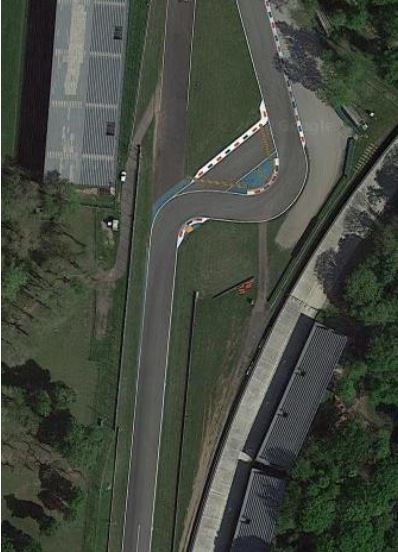 Let’s imagine you are in a car approaching Turn 1 at Monza (the hardest braking zone in the F1 calendar). You approach the corner, the car should be positioned as far to the left-hand side as possible. You now have the car on the racing line and you are looking for your braking point reference. When you hit the braking point, you apply the brake pedal as quickly and as hard as possible, as the car slows, you gradually release the brake pedal and look for the apex. You turn the car in, still on the brakes and aim for the apex. When you release the brake pedal, the weight of the car is transferred more evenly across the four tyres, helping the car to stay stable through corner entry.
Let’s imagine you are in a car approaching Turn 1 at Monza (the hardest braking zone in the F1 calendar). You approach the corner, the car should be positioned as far to the left-hand side as possible. You now have the car on the racing line and you are looking for your braking point reference. When you hit the braking point, you apply the brake pedal as quickly and as hard as possible, as the car slows, you gradually release the brake pedal and look for the apex. You turn the car in, still on the brakes and aim for the apex. When you release the brake pedal, the weight of the car is transferred more evenly across the four tyres, helping the car to stay stable through corner entry.
When done correctly, trail braking will give you much more control over the car through the braking phase. It will also allow you to push your braking points back whilst keeping the car settled through the apex.
What is ABS and How to Turn Off ABS in F1 2021
Does F1 use ABS?
First off, real-world F1 cars do not use ABS. This is because F1 rules dictate that an Anti-locking Braking System is not permitted in F1 cars. In F1 2021, there is an option to enable the ABS assist which we do recommend when you are learning the basics of braking. However, eventually, if you are going for realism or trying to compete in higher-level leagues, you will have to turn ABS off.
What is ABS?
ABS (anti-locking braking system) is an electronic system where the brakes can automatically modulate their braking pressure if the car locks up under heavy braking.
In almost all modern road cars, ABS is a standard safety feature. This is because when the car locks up on the brakes, the driver loses all ability to turn, which is obviously very dangerous. ABS in this situation will very quickly (much faster than a driver can) release and reapply the brakes to allow the car to turn. In a lot of road car cases, this can prevent an accident from occurring.
How to remove ABS in F1 2021
In F1 2021 ABS is a setting that can be used. However, in all E-sports events and top tier F1 Sim racing, ABS is not permitted. Therefore, at that level, you must learn to drive an F1 car with the ABS turned off.
Within the ‘Assists’ menu in the game, you have the option of ‘Anti-lock Brakes’, you can set this to either ON or OFF.
There are also a number of available settings when it comes to the brakes in the F1 2021. Using these settings can help you progress to turning ABS off completely.
Brake Linearity – is the percentage of brake applied per distance travelled by either the brake pedal or controller trigger. If you find yourself locking with the smallest of brake touches, then you can adjust this higher to compensate.
Brake Pressure – is the amount of force given by the pedal to the brakes. Again, if you find yourself locking the brakes easily, you can adjust this down to give less braking force. Be careful here, as moving it too far down will reduce braking performance.
Brake Bias – is the relationship between the braking force of the front and rear brakes. If you are consistently locking front or rear wheels, then you can adjust this setting to the opposite end of the car.
How to Know when the Brakes are Locking
Understanding when the brakes are on the edge of locking is crucial to maximising your braking potential and in the Sim world, there are two ways of recognising this. If you’re using a controller, then the F1 game will vibrate the controller when the car is beginning to lock. In this instance, release a very small fraction of the brake to reduce the braking force. If you are using a steering wheel setup then, unfortunately, you will not have this vibration feedback.
For steering-wheel users, there are two main sensory inputs you have to use in order to ‘feel’ when the car is locking the brakes. Vision and Sound. Visually you should be able to see the front wheels locking and see smoke caused by the tyre skidding across the track surface. Audibly you should hear when the tyres are locking, there will either be silence when the tyres are sliding or the classic high-pitch screech of a skidding wheel.
Aerodynamics for Braking
An incredibly important fact to consider is that it is impossible for F1 cars to lock the brakes when decelerating from a high speed. This is due to the aerodynamic forces that the car generates at these speeds. Essentially the brakes can not provide a strong enough force to lock the wheels due to the sheer amount of grip caused by the downforce. However, as the car slows and the downforce decreases, so does the grip, and therefore the driver must release the brake pedal to stop the brakes from locking in a similar fashion to trail braking but when the car is driving in a straight line.
To expand on this, you will have to consider the amount of grip available when applying the brakes to ensure you do not trigger a lock-up. There are two key factors to consider; speed and steering angle. Again, if you are travelling at a slower speed, you have less downforce, which means you have less grip. In lower gears (3rd and below) you will likely not be able to use full brake pressure because the car has less grip. You will typically encounter this scenario in low-speed corner combinations, such as ‘The Grand Hotel’ hairpin at Monaco

We often see drivers misunderstand this “speed to brake pressure concept” and instead “apply the brakes too slowly”. To be clear, the initial press of the pedal should be quick, but should only be pressed to the point just before the brakes begin to lock. This is the maximum amount of braking available. So at low-speed corners, the amount in which the brake is pressed is less than the amount of brake used at high-speed corners.
The second factor, steering angle, can often catch new drivers out. If you steer the car while on the brakes with ABS off, you will often lock-up because you are asking too much of the tyre. As mentioned earlier, most of your braking should be done in a straight line. When you start to turn, you should be releasing the brake. You can use the traction circle as a good mental model of how to use the grip of the car for braking, accelerating, and turning.
Conclusion
F1 cars are incredibly sensitive on the brakes. There is a lot that goes into the braking procedure. Visualisation of the braking phase will help you mentally prepare the process. Corner approach, braking point, trail braking. These three steps are essential parts to perfecting the braking zone and without them, you will never find that final 5% of your lap. Remember that the braking zone preps the car for the corner exit, move your braking points further and further back until you have reached the balance of over/undershooting the apex. When you have a braking point that works, improve on your consistency by repeatedly testing it. Practice will make perfect.
If you are interested in learning more about mastering F1 2021. Feel free to check our new online course. It includes access to data and telemetry so you can compare your braking to professionals drivers.


